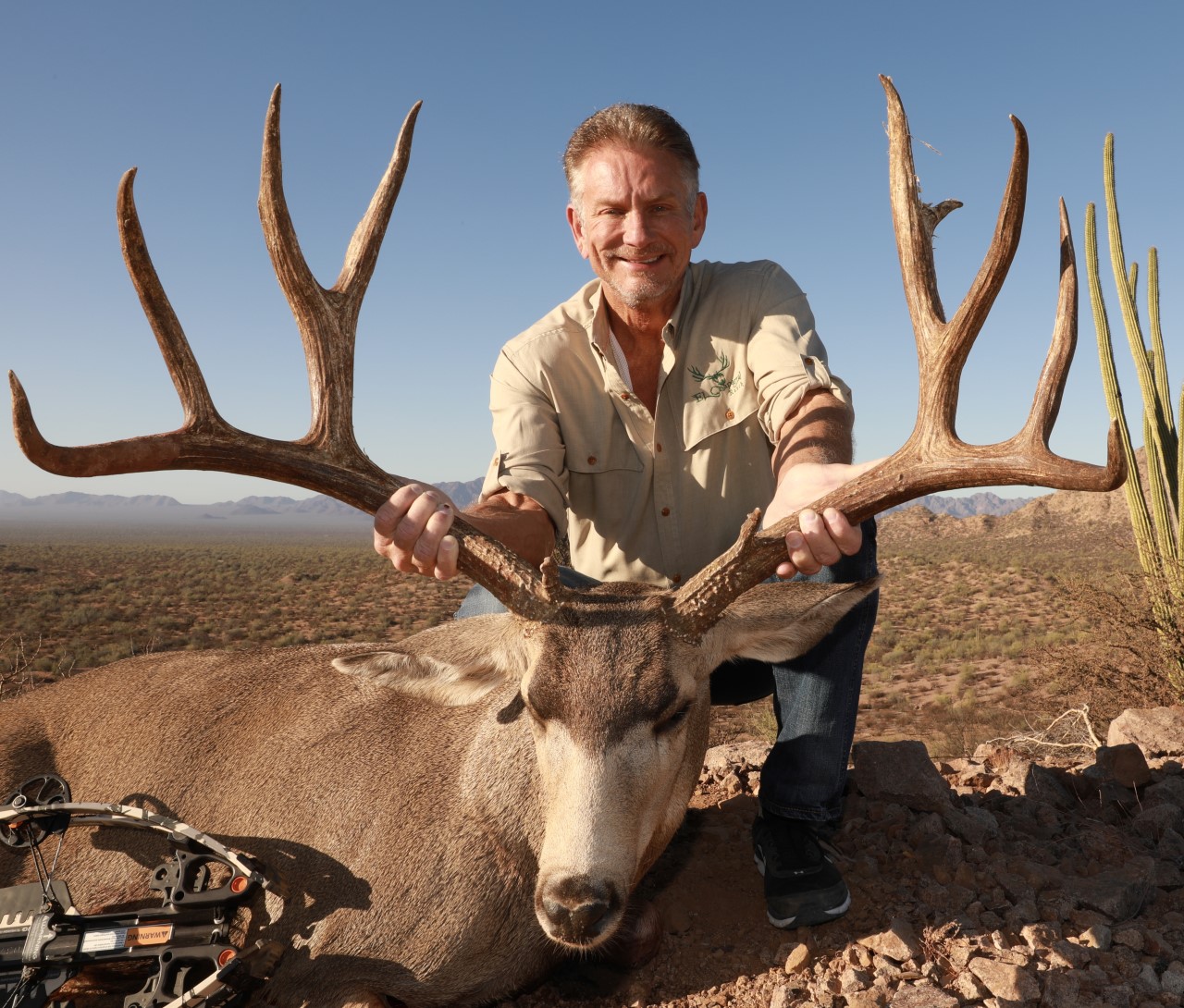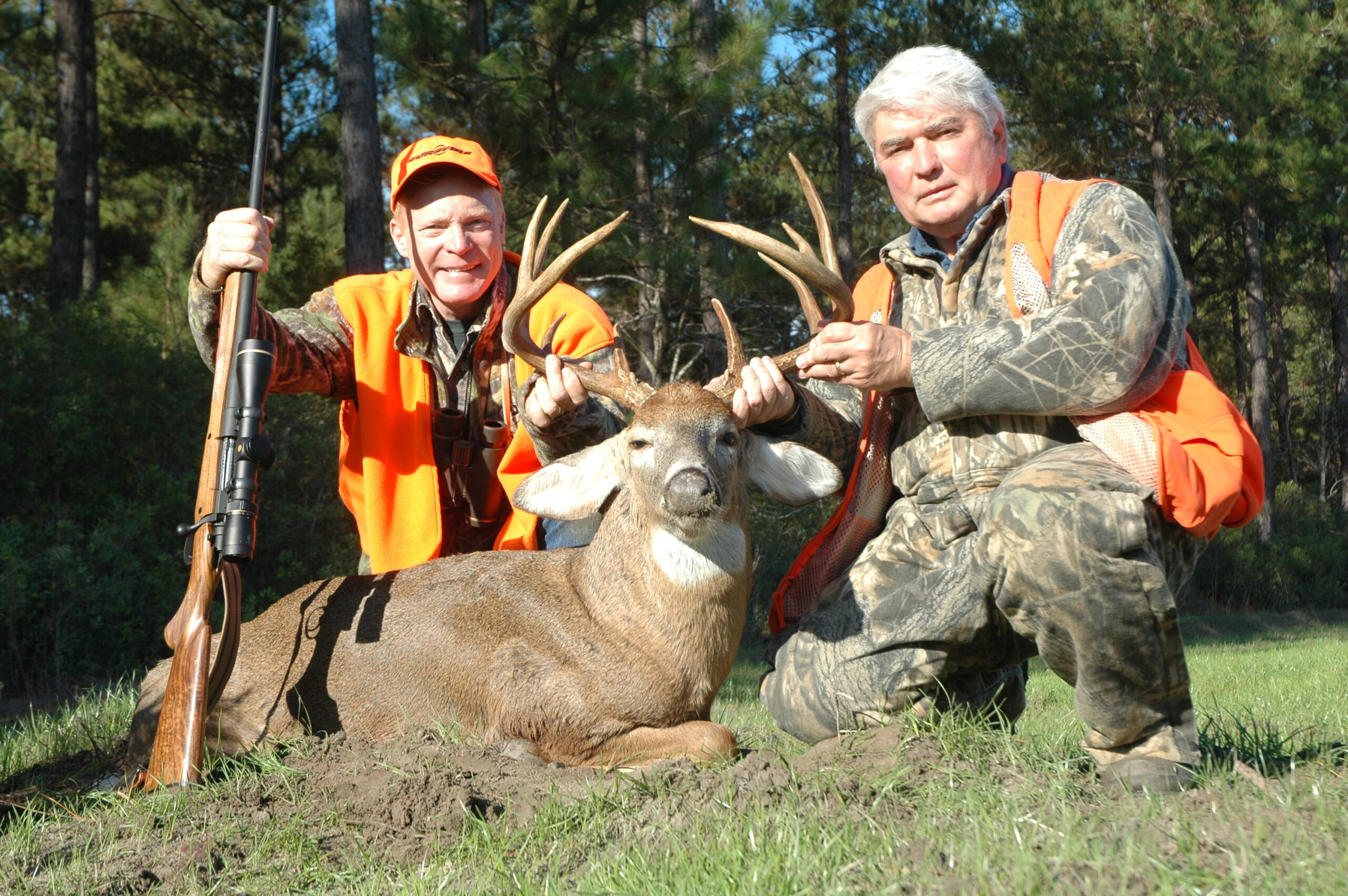The following is an article that appeared in the Winter 2019 Issue of Mountain Hunter. It follows the account of a proposal submitted to the Guide Outfitters Association of British Columbia (GOABC) to ask if the association would cover the cost of an overnight trip so that students could get a first-hand view of “where the rubber hits the road in the guiding business.”
By Roy V. Rea, UNBC
It’s August 2018 and Scott is speaking to 23 field camp students who are taking the University of Northern BC’s third-year course titled Field Applications in Resource Management. “Some forest activities can benefit moose, but only when they are done with moose and habitat in mind.” The students are participating in a two-day stay at Scott and Lynn Pichette’s Bowron River guide outfitter camp on the Bowron River in north central BC.
As a senior laboratory instructor for the Ecosystem Science and Management Program at the University of Northern British Columbia (UNBC), I have been teaching the August field camp for 15 years. I have been taking students to the Pichette’s guide camp for the last 11. In the early days, the visit was a short, half-day module that included a truck ride from a rendezvous point in the Aleza Lake Research Forest (one of UNBC’s two research forests) to a stretch of beach along the Bowron River.
There, Scott and his assistant guides would pick us up and run us down river in jet boats to his lodge. Once there, we would spend three or four hours with Scott and his wife Lynn as they immersed us in the guide outfitting industry, teaching us everything about what a day in the life of an outfitter is like. Things like how wolves affect an outfitting business, how to hold a rifle, what it costs to run his business, and – most importantly – how he feels about the impacts of logging and forest management within his guide territory.
Like all guide outfitters in British Columbia, Scott has an area-based tenure. His tenure overlaps other tenures including, but not limited to, trap lines, mining claims, range tenures, First Nations traditional use areas, and a UNBC research forest that also holds an area-based tenure. Overlaid atop all of these are various cutting permits held by forest licensees that are volume-based and not tied to a particular piece of ground.
Scott once worked in the forest industry and acknowledges that jobs and livelihoods depend on such work; however, he suggests to the students that there are things he’d like them to think about when they graduate and become the next generation of forest managers. “The future of the guide outfitting industry depends on how moose and other game animal habitats are managed and, in the next few years, you will be in charge of making those decisions. I hope that what we discuss will allow you to see the importance of this,” Scott tells the students. This is in fact the entire focus of the field camp – namely, to get students to see the value of the forest, not just for its timber, but for all the values a forest holds.
After two to three hours of chatting about the impacts that forestry can have on guiding, both Scott and the students (some whom have already worked in the industry for two to three summers) have a pretty good idea of where each other sits on the main issues. Until four years ago, that is where it would end. Lynn would fill our bellies with good food, we’d share a few stories, say a quick goodbye and away we’d go back up the river to our vans and away to town to prepare for the next day’s modules. That was until Scott, Lynn and I submitted a proposal to Scott Ellis at the Guide Outfitters Association of British Columbia (GOABC) to ask if the association might consider covering the cost of an overnight trip that would include a trip out to one of Scott’s blinds so that students could see where the rubber hits the road in the guiding business.
The proposal was accepted immediately. Funding came from the association’s Wildlife Stewardship Partner Program (WSPP), an initiative where funding is applied to partnered stewardship projects for the benefit of wildlife in BC. Since the upgrade to the overnight outing, I’ve seen how this extended trip deeply enriches the experience for our students and connects a few dots for them that they weren’t able to get from just a chat at the lodge. Instead, they sleep in client cabins, feel the grounding of the jet boat on Bowron River sandbars, smell the exhaust of the Bombardier, listen to sedges whip against each other in the meadow, use their muscles to crawl up into the hunting stand, and listen to Scott bellow a few moose calls across the meadow. This makes it all real.
This year, due to the fires keeping us out of some of the other areas we had planned to visit during camp, we asked Scott Ellis if GOABC’s WSPP could possibly cover a second night. The funds were available, and Scott didn’t blink. This enabled us to expand the Bowron River Guides portion once again to have the students focus an entire field camp assignment on the topic of accommodating guide outfitting values in forest planning and management.
For this assignment, students worked in teams of six for an entire evening, probing Scott and Lynn, using internet sources and their notes to put together a 20-minute presentation about their findings that they then shared with Scott before receiving his feedback. The connection made between Scott and the students during each of these presentations was powerful and gave birth to the idea behind this article.
Students were quick to realize and point out that too many large cuts with the associated road networks, the planting of even-aged monocultures of pine and spruce, the use of herbicides on moose browse, and the activity of logging equipment during the hunt all had negative impacts on someone trying to run a moose guiding business. Interestingly, some students who had preconceived notions about how outfitting was “just a business that profited from killing animals” began to contextualize that those things that guides promote and fight for – namely, healthy populations of game and intact habitats – don’t only profit guides, but also foster biodiversity. Few industries can boast the same.
Ultimately, what students learn with Lynn and Scott Pichette must also be incorporated into their over-arching case study for field camp. This is a high-level plan that focuses on developing a piece of ground in the Research Forest and putting together a strategy to generate revenue from log sales while considering all the values taught at camp, guide outfitting being just one of many.
In the end, I see students coming away from camp with a much better understanding for not just the guide outfitting industry, but for a myriad of other values that we hope they take with them into their professional lives. This of course is exactly what I, Lynn and the two Scotts hope to accomplish through this program. “It has already happened twice,” Scott Pichette tells the students as we prepare to head back up river to our vans. “One field-camp student loved what he saw in this module so much that he came and worked for me for five years as an assistant guide.
Another happened to be on the other end of a licensee’s phone when I called to complain about logging operations near my lodge during the hunt last year. That UNBC grad apologized to me and shut that operation down,” boasts Scott. Of course, our hopes are that it will not just be Bowron River Guiding that benefits from educating the next generation of natural resource professionals in the way we have been doing these past 11 years. In our estimation, if field camp students continue to incorporate what they learn on the Bowron into their work, the entire industry – as well as game animals, habitats, and biodiversity – will all benefit



